Scalloped darts are primarily beneficial for players who prefer a consistent and repeatable grip, offering enhanced finger placement and control. This article will explore in detail scalloped darts for whom they’re best suited, their benefits and drawbacks, and how to choose the right ones for your individual throwing style, as well as discussing various dart grip techniques and dart barrel design considerations.
⚠️ Still Using Pen & Paper (or a Chalkboard)?! ⚠️
Step into the future! The Dart Counter App handles all the scoring, suggests checkouts, and tracks your stats automatically. It's easier than you think!
Try the Smart Dart Counter App FREE!Ready for an upgrade? Click above!
Understanding Scalloped Darts: A Deeper Dive
Scalloped darts distinguish themselves with their uniquely contoured barrel. Unlike straight barrels or those with simple rings, scalloped darts feature one or more concave sections – the “scallops.” These indentations are designed to fit comfortably between the fingers, providing a natural resting place and promoting a more consistent grip. The depth and placement of these scallops can vary, influencing how the dart feels and performs.
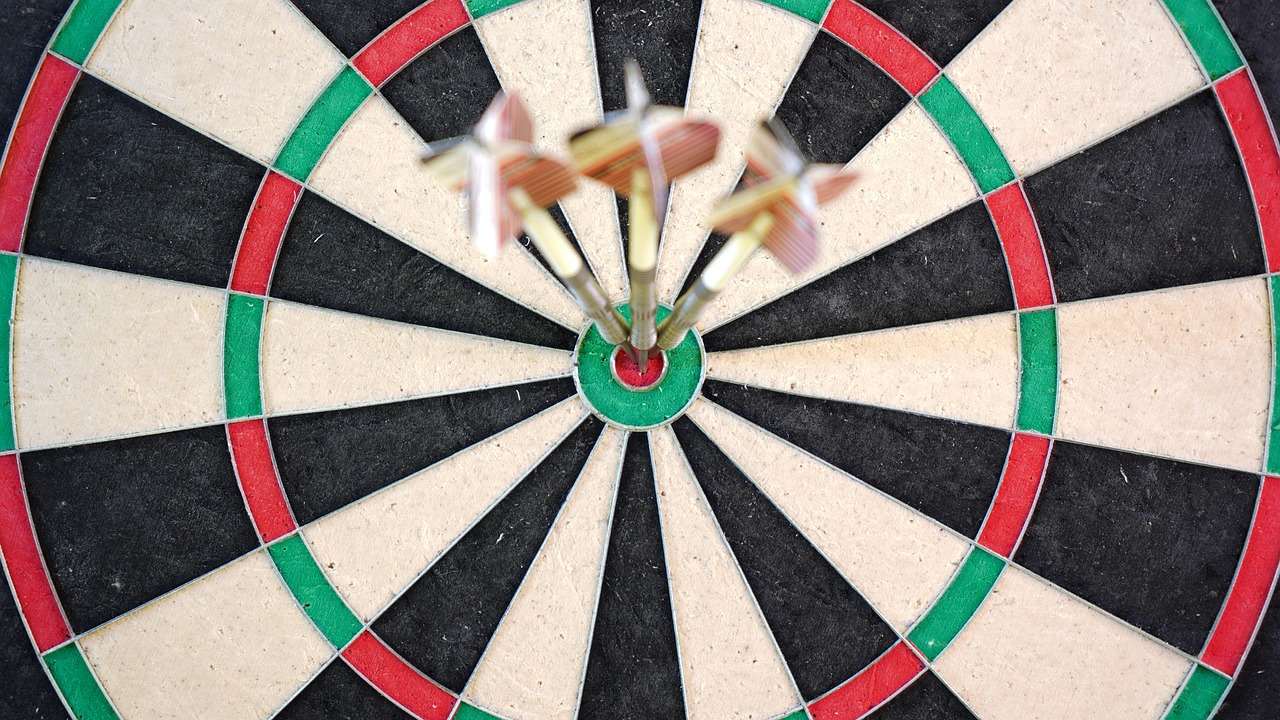
The primary purpose of the scalloped design is to enhance grip repeatability. For players who struggle with inconsistent finger placement or who want to minimize grip pressure, scalloped darts can be a game-changer. The scallops act as guides, ensuring that your fingers are positioned correctly on the barrel every time you throw. This consistency translates to improved accuracy and reduced dart wobble in flight.
Benefits of Using Scalloped Darts
- Enhanced Grip Consistency: The most significant benefit is the repeatable grip. This makes them ideal for players seeking to eliminate variations in their hand placement.
- Reduced Grip Pressure: The contoured shape often allows players to grip the dart more loosely, reducing tension in the hand and wrist. This can lead to a smoother release and more consistent throws.
- Improved Control: The defined finger placement provides a greater sense of control over the dart during the throw. This is particularly helpful for players who like to “feel” the dart.
- Variety of Styles: Scalloped darts come in various shapes, sizes, and materials, allowing players to find a model that perfectly suits their individual preferences.
Drawbacks to Consider
- Not for All Grip Styles: Players with unconventional grip styles may not find scalloped darts beneficial. For instance, someone who grips the dart near the back may not effectively utilize the scallops.
- Learning Curve: Adjusting to the feel of a scalloped dart can take time. Some players may initially find them awkward or uncomfortable.
- Specific Scallop Placement: If the scallop doesn’t naturally fit your finger placement, it can be counterproductive and lead to inconsistent throws.
Scalloped Darts For Whom: Identifying the Ideal User
Determining if scalloped darts are right for you requires considering your current grip style, throwing technique, and personal preferences. Here’s a breakdown of the types of players who typically benefit most from using scalloped darts:
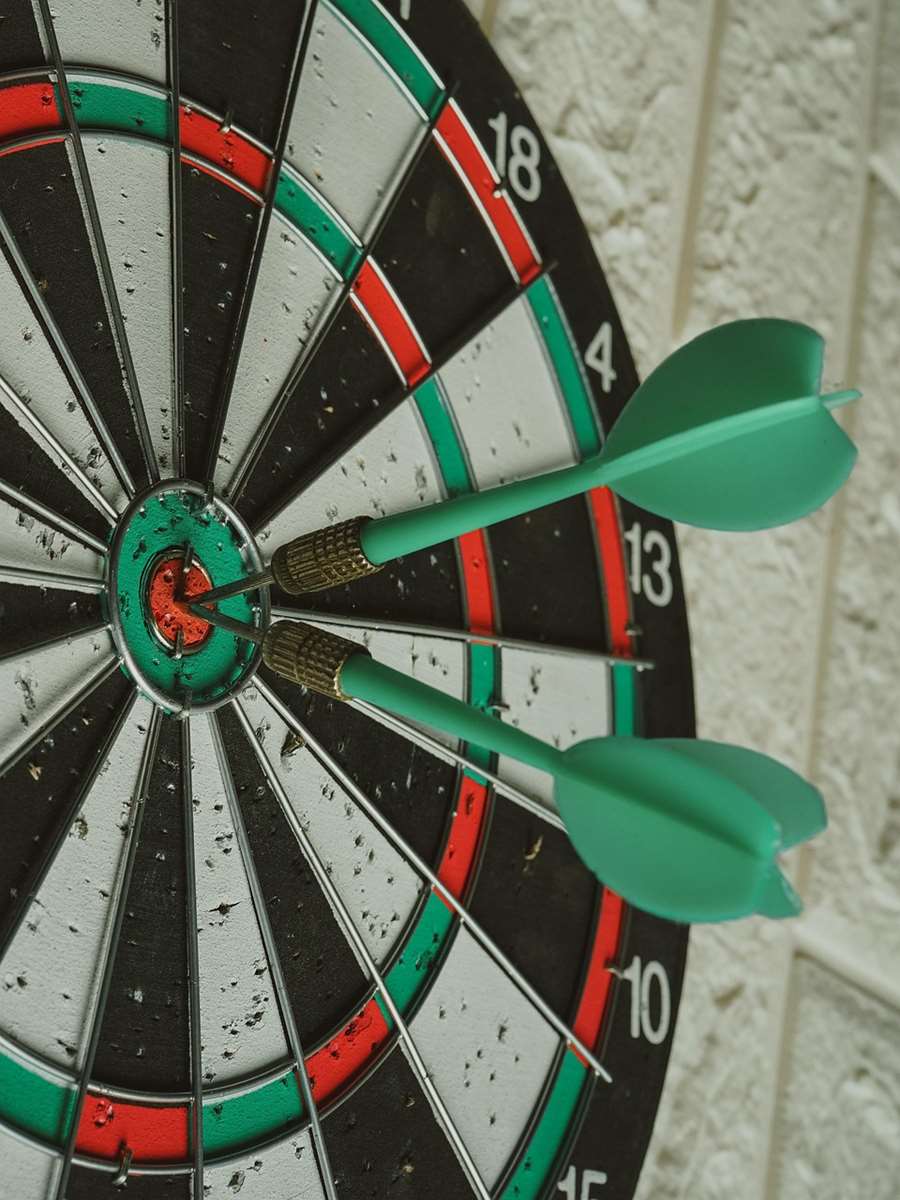
- Players with Mid-Barrel Grips: The scallops are usually positioned around the center of the barrel, making them ideal for players who grip the dart in this area.
- Players Seeking Consistency: If you struggle with inconsistent finger placement and want a more repeatable grip, scalloped darts can provide the structure you need.
- Players with a Light Grip: The defined finger placement can allow you to relax your grip, which can improve accuracy and reduce fatigue, a consideration when you Choose Best Dart Equipment.
- Players Experimenting with Grip Styles: If you’re looking to refine your grip and are open to trying new techniques, scalloped darts can provide a framework for exploration.
Conversely, scalloped darts might not be the best choice for players who:
- Prefer Rear or Front Grips: The scallops won’t be effectively utilized if you grip the dart far from the center.
- Have a Very Strong Grip: If you tend to squeeze the dart tightly, the scallops might not make a significant difference in your control.
- Are Comfortable with Their Current Grip: If you’re already throwing accurately and consistently with your current darts, there’s no need to switch.
Choosing the Right Scalloped Dart: Key Considerations
If you’ve decided to try scalloped darts, the next step is to choose the right model. Several factors come into play, including barrel material, weight, scallop depth, and overall design.
Barrel Material
The barrel material significantly impacts the dart’s weight, balance, and grip. Common materials include:
- Tungsten: Dense and durable, tungsten allows for slimmer barrels, which can improve grouping. The density of tungsten darts and their performance are discussed in greater detail in Tungsten Darts Pros Cons.
- Brass: More affordable than tungsten, brass is a softer metal and tends to wear down more quickly.
- Nickel Silver: A good middle ground, nickel silver offers a balance of durability and affordability. More information on this material is available in Nickel Silver Darts Info.
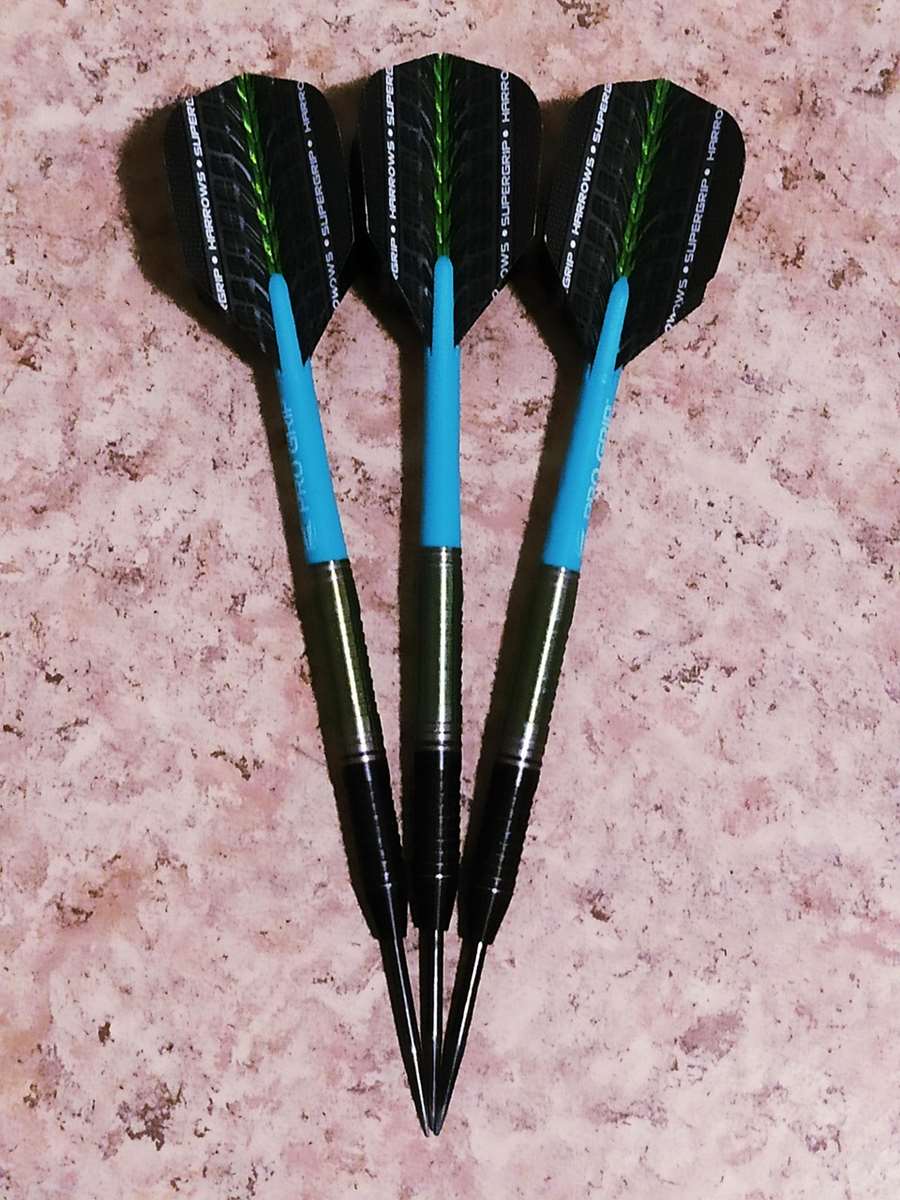
Dart Weight
Dart weight is a personal preference. Lighter darts (around 20-22 grams) are generally easier to throw, while heavier darts (24-26 grams) can be more stable in flight. Experiment to find the weight that feels most comfortable and controllable for you. This also has some bearing on choosing the correct Choose Right Dart Material.
Scallop Depth and Placement
The depth and placement of the scallops are crucial for grip comfort and consistency. Consider the following:
- Scallop Depth: Deeper scallops provide a more pronounced finger placement, while shallower scallops offer a more subtle guide.
- Scallop Placement: Ensure the scallops align with your natural finger placement. If possible, try holding different models to see which feels most comfortable.
- Number of Scallops: Some darts have a single scallop, while others have multiple. Experiment to see which configuration works best for your grip.
Grip Style & Scalloped Darts: Finding the Perfect Match
Your individual dart grip is the most important factor in choosing scalloped darts. Consider your existing grip and how the scallops will interact with it. A central consideration for serious dart players.
Fine-Tuning Your Technique with Scalloped Darts
Once you’ve chosen your scalloped darts, it’s essential to practice and fine-tune your technique. Here are some tips to help you get the most out of your new darts:
- Focus on Grip Consistency: Pay close attention to your finger placement within the scallops. Aim for the same grip every time.
- Relax Your Grip: Allow the scallops to guide your fingers and avoid squeezing the dart too tightly.
- Practice Regularly: Consistent practice is key to developing muscle memory and improving your accuracy.
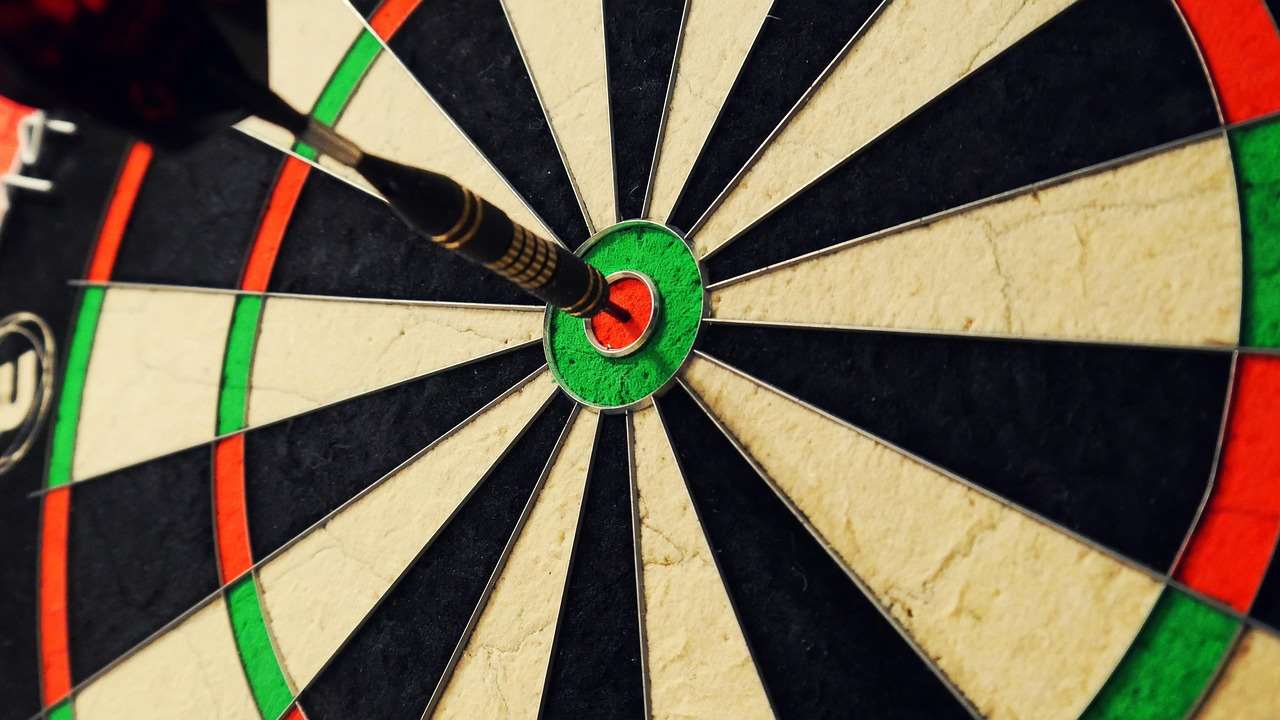
Consider filming yourself throwing to analyze your technique and identify areas for improvement. Observe how the dart leaves your hand and how it flies through the air. Minor adjustments to your grip or release can make a significant difference in your accuracy.
Alternative Dart Barrel Designs
While scalloped darts offer a unique gripping solution, other barrel designs are also available, each with its own advantages:
- Straight Barrels: A classic design that provides a consistent grip along the entire length of the barrel.
- Torpedo Barrels: Tapered at both ends, torpedo barrels are often preferred by players who grip the dart near the front.
- Bomb Barrels: Featuring a bulbous shape, bomb barrels are designed for players who want a comfortable and secure grip.
- Knurled Barrels: These barrels feature a textured surface that enhances grip.
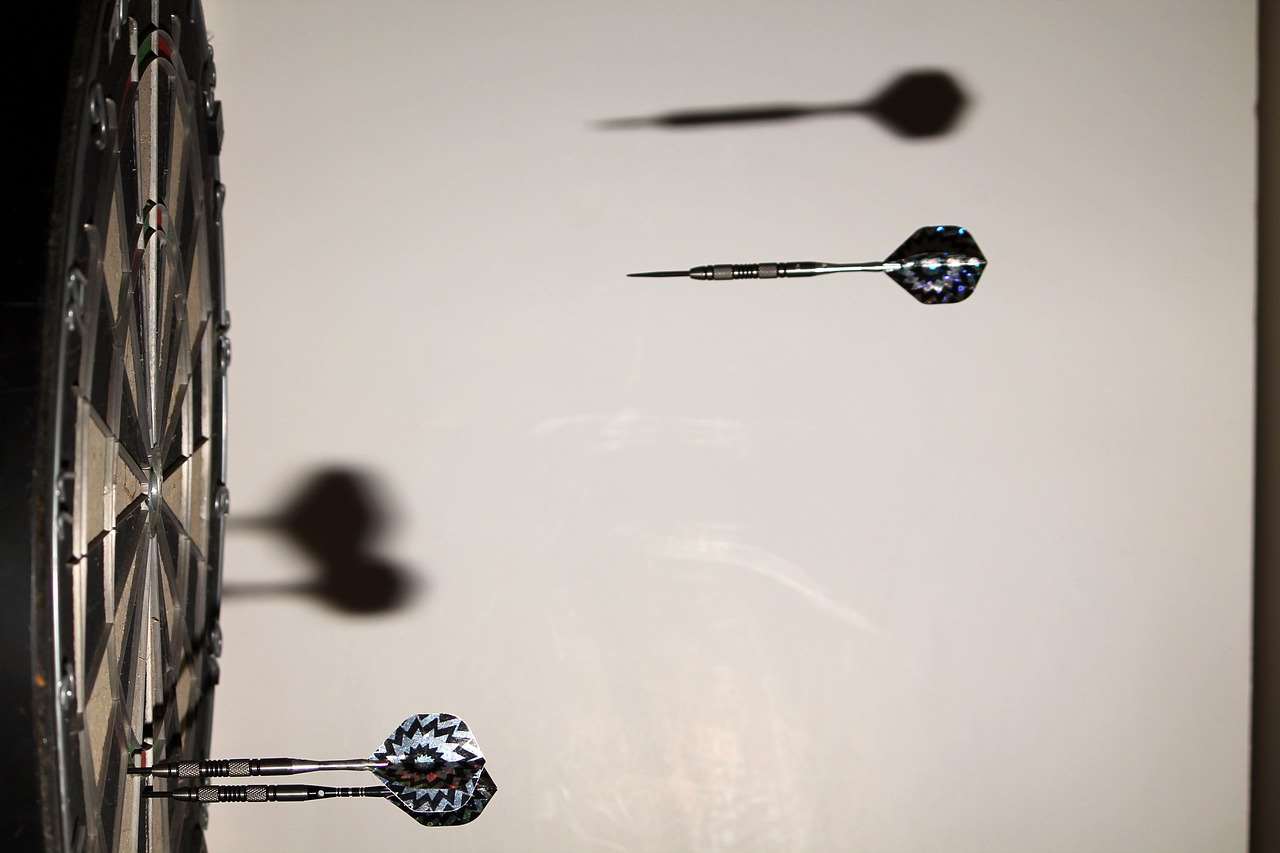
Conclusion: Are Scalloped Darts Right For You?
Ultimately, the decision of whether to use scalloped darts comes down to personal preference. If you struggle with inconsistent grip or want to reduce grip pressure, they may be a valuable addition to your darting arsenal. Scalloped Darts For Whom? – for players seeking to fine-tune their grip for increased consistency.
Experiment with different models, consider your individual grip style, and practice diligently to find the best dart barrel design for your needs. Don’t be afraid to try different weights, materials, and scallop depths until you find the perfect fit. Regular practice and experimentation will ultimately reveal if scalloped darts are right for you. Consider researching beginner resources to ensure you have an informed understanding of your own playstyle and the different types of equipment. Now that you’ve learned about scalloped darts, why not explore other dart types and materials?
Hi, I’m Dieter, and I created Dartcounter (Dartcounterapp.com). My motivation wasn’t being a darts expert – quite the opposite! When I first started playing, I loved the game but found keeping accurate scores and tracking stats difficult and distracting.
I figured I couldn’t be the only one struggling with this. So, I decided to build a solution: an easy-to-use application that everyone, no matter their experience level, could use to manage scoring effortlessly.
My goal for Dartcounter was simple: let the app handle the numbers – the scoring, the averages, the stats, even checkout suggestions – so players could focus purely on their throw and enjoying the game. It began as a way to solve my own beginner’s problem, and I’m thrilled it has grown into a helpful tool for the wider darts community.